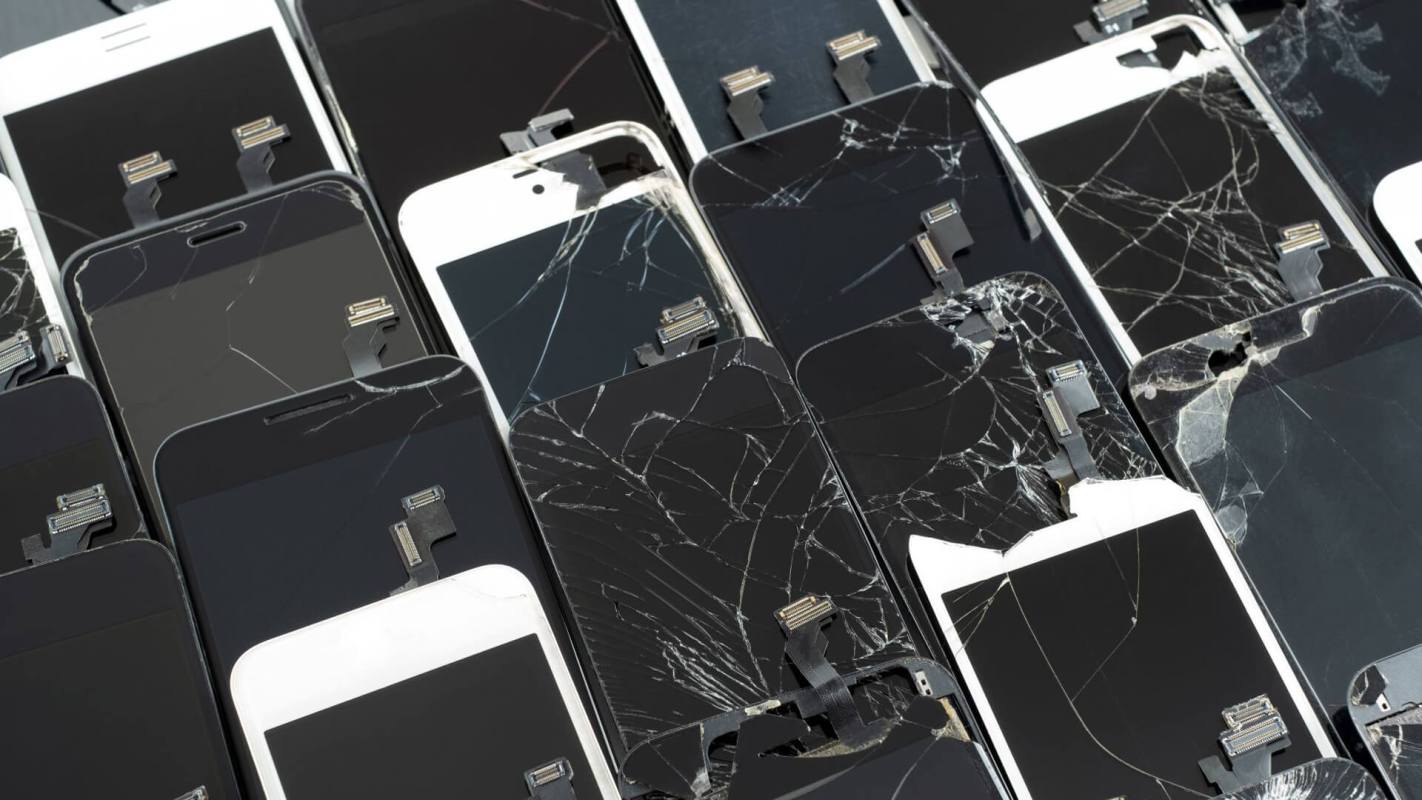Planned obsolescence has become ubiquitous in our consumer economy, from software slowdowns to new car models released annually.
This method of designing items to eventually break, go out of style, or become irreparable has helped drive our economy. It's also costing Americans thousands of dollars and polluting our planet.
What is planned obsolescence?
Planned obsolescence is a business strategy that involves designing products to eventually become useless, which in turn entices people to buy more products with greater frequency.
Brook Stevens, an American industrial designer, defines planned obsolescence as "instilling in the buyer the desire to own something a little newer, a little better, a little sooner than is necessary."
Experts often split planned obsolescence into four categories:
Contrived durability:
Intentionally designing products to break quickly and easily.
Diminished functionality:
Making new, updated operating systems that are incompatible with older devices, rendering those devices unusable.
Perceived obsolescence:
Developing new trends, models, or technological innovations to make previous items seem out of date.
Limited repairability:
Adding features to a product's design that make repairs difficult or costly.
How does planned obsolescence affect our daily lives?
Planned obsolescence manifests in many forms.
You replace your kids' toys because they break easily. You update your phone every few years because new software has throttled performance. You buy clothes to stay on trend with fast fashion or to replace low-quality pieces. You purchase an entirely new appliance because repairing your old one is too expensive.
However it affects you, planned obsolescence forces consumers to waste money.
The renewable energy firm Acciona estimates that planned obsolescence can cost consumers as much as $50,000 during their lifetimes.
And by deeming so many items obsolete, this wasteful business strategy also contributes to unnecessary pollution.
E-waste — waste made from computers, phones, and other electronics — is the world's fastest-growing waste stream, yet less than 18% of it gets recycled. This waste is particularly harmful because most devices contain hazardous materials and chemicals.
The fashion industry is also known to be a major polluter. According to the EPA, 22.6 billion pounds of textile waste — mainly clothes — were sent to landfills in 2018 alone.
How to avoid planned obsolescence
Planned obsolescence is so ubiquitous in our consumer economy that it's often difficult to prove when it's happening. Still, there are ways you can help to reduce its impact.
Learning to love what you own and buying fewer items is crucial to minimizing waste. Reducing your consumption can combat the perceived obsolescence traps that business use to entice you into buying unnecessary items.
And when it comes time to buy something new, try investing in durable, high-quality items and look for extended warranties that will cover repair or replacement costs. Another way you can help combat planned obsolescence is by participating in circular programs that take back used items and recycle them — often giving you store credit in the process.
Follow The Cool Down on Instagram and subscribe to our newsletter.








